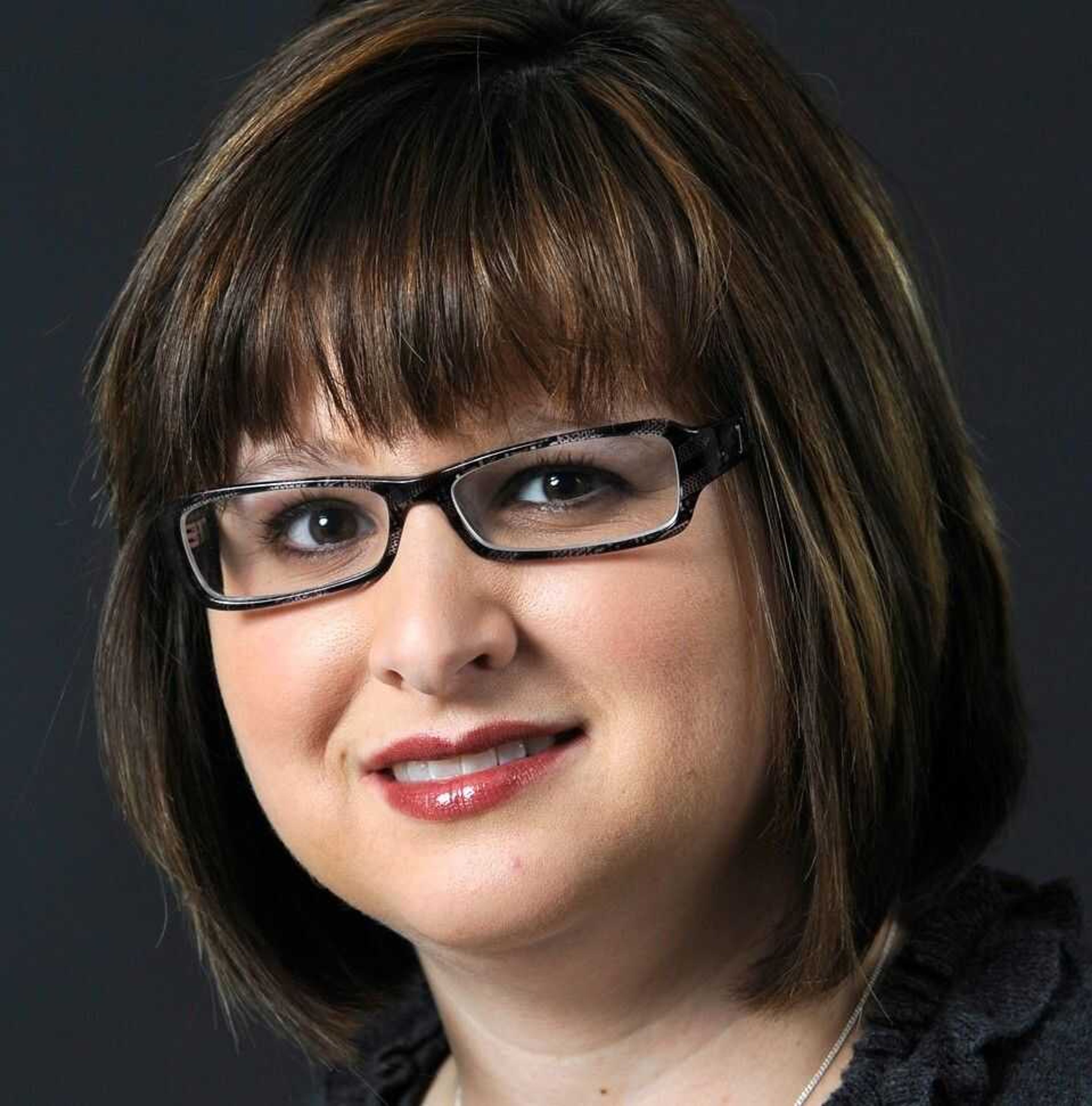Hospital CEOs say their organizations are positioned to comply with reform regulations
Despite the pledge by Republicans in Congress to repeal President Barack Obama's health care reform law, local health care officials say that while the law may be tweaked, it's not going away. Any legislative attempt to repeal health care reform is likely to die in the Senate or on the president's desk. But Republicans have pledged to try to block at every turn anything that would move health care reform forward, including funding for many of the law's mandates...
Despite the pledge by Republicans in Congress to repeal President Barack Obama's health care reform law, local health care officials say that while the law may be tweaked, it's not going away.
Any legislative attempt to repeal health care reform is likely to die in the Senate or on the president's desk. But Republicans have pledged to try to block at every turn anything that would move health care reform forward, including funding for many of the law's mandates.
Both Saint Francis Medical Center CEO Steven Bjelich and SoutheastHEALTH CEO Debbie Linnes say their organizations are well positioned to comply with the new regulations. They've been preparing for the changes since health care reform was just a campaign promise.
Both said the 2,300-page Affordable Care Act has positive aspects as well as potentially negative ones.
The law is expected to extend health insurance coverage to about 32 million people, which both said is a benefit. That provision would go into effect in 2014 when people would be required to either purchase health insurance or pay a fine.

"This is a positive gesture, but the devil is going to be in the details," Bjelich said.
Linnes said the concept of universal coverage has value but that mandating individuals buy health insurance isn't practical.
By requiring insurance companies to cover routine screening procedures such as physicals, mammograms and colonoscopies, the law places a new emphasis on preventive care. Both CEOs agreed that is needed.
"That's been an area that from a reimbursement standpoint that we haven't seen as reimbursed, and yet we clearly know it's an upstream issue that can clearly benefit us from an overall community cost standpoint," Linnes said.
In the past, Medicare would pay for one full physical when a person first went on the Medicare program, but that was the only physical covered for the patient's entire life. Under the new law Medicare patients now can get a full physical every year, said Hugh King, SoutheastHEALTH vice president and chief financial officer.

Hospital officials hope with more individuals being covered by insurance, more will make regular trips to their family doctors instead of using emergency rooms as their primary health care source. Right now, hospitals are required by law to treat everyone who shows up at their doors, regardless of whether they have insurance or an ability to pay for services.
"One of the most expensive areas to get treatment in the hospital is the emergency room. You've got so much specialization and special equipment so you can deal with all kinds of emergencies, and yet we end up treating people with sore throats and earaches that would be better treated in a clinic or a physician's office," King said.
Last year, Saint Francis Medical Center's charity care and bad debt cases totaled $40.9 million while Southeast Hospital spent more than $35 million.
Both hospitals say they're building better relationships with primary care physicians to improve the continuity of patient care the health care reform law requires.
The mandate for health care organizations to convert to electronic medical records will help improve communication between health care providers, officials agree.
"The law makes us do what most of us were trying to do anyway and knew we should be doing," King said.
Some funding will be provided by the federal government to offset the cost of electronic record conversions, but officials say it won't be enough to cover the entire cost. That mandate also makes it difficult for small medical practices and rural health clinics that may not have the capital to invest in technology upgrades.
The health care reform law also provides $250 million to expand the health care work force by training thousands of new doctors, nurses, nurse practitioners and physician assistants.
Fewer physicians are practicing primary care these days due in part to declining reimbursements from both government and private insurance. More than 16,000 primary care physicians are needed immediately, according to the U.S. Department of Health and Human Services. The Association of American Medical Colleges estimates there will be a shortage of 21,000 primary care physicians by 2015. According to the Congressional Budget Office, the approximate cost of health care reform will be $940 billion over the next 10 years.
A majority of the funding for health care reform measures will come from funds currently spent on the elderly and the uninsured, reducing the reimbursements hospitals receive for serving these groups, Bjelich said.
In addition, provider reimbursement will now be tied to performance at a national standard level, Linnes said.
"We become responsible now for ensuring good coordination of a patient's care after they leave," Linnes said.
mmiller@semissourian.com
388-3646
Pertinent address:
1701 Lacey St., Cape Girardeau, MO
211 Saint Francis Drive, Cape Girardeau, MO
Connect with the Southeast Missourian Newsroom:
For corrections to this story or other insights for the editor, click here. To submit a letter to the editor, click here. To learn about the Southeast Missourian’s AI Policy, click here.










